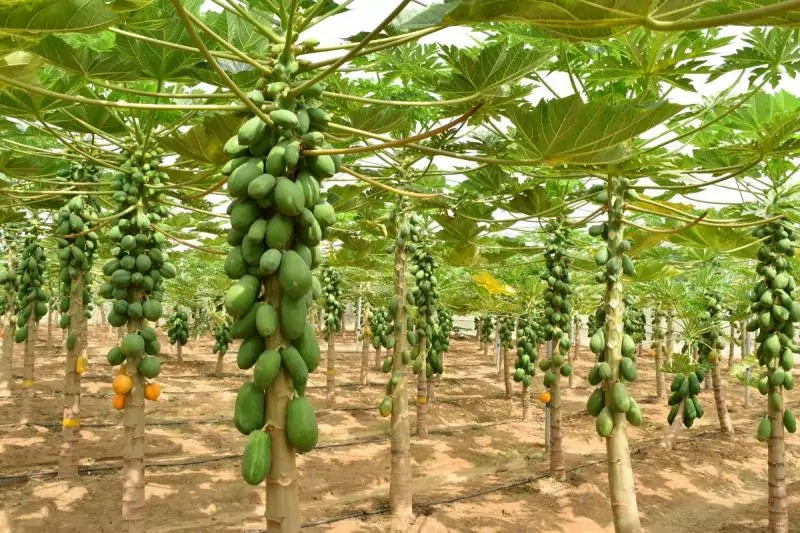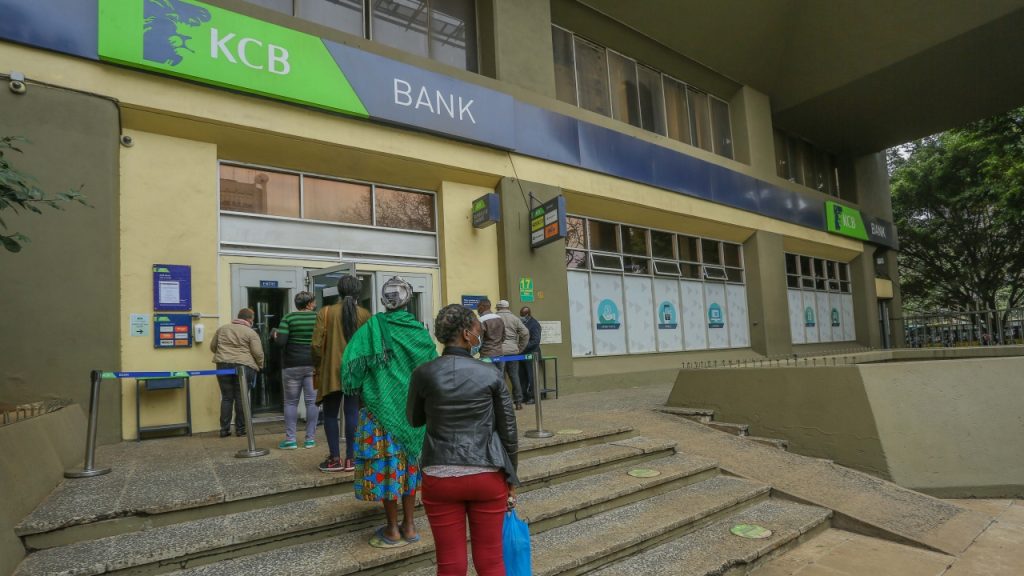Barley farming in Kenya is gaining attention for its profitability and steady demand. Barley is a cereal grain grown mostly in cool climates and is part of the grass family.
In Kenya, the crop is especially valuable because of its use in brewing beer and feeding animals. Farmers looking for a stable market and high-yielding crop should consider barley.
The brewing industry, led by East African Breweries (EABL), is the main buyer. With proper techniques, the crop matures quickly and offers good returns.

A Complete Guide to Barley Farming In Kenya
Barley farming in Kenya can be highly productive if the right conditions, varieties, and practices are followed. From soil preparation to marketing, this guide covers all the essentials.
Main Barley Growing Areas in Kenya
Barley does well in specific regions of the country. These include:
- Narok
- Naivasha
- Molo
- Nakuru
- Laikipia
These areas provide the cool temperatures and rainfall that barley requires to thrive.
Ecological Requirements for Growing Barley
Before venturing into barley farming in Kenya, ensure that the growing conditions are suitable:
- Soil: Barley grows best in deep, fertile loam soils with a pH between 6.0 and 7.5.
- Rainfall: The crop requires between 390 mm and 430 mm of rainfall.
- Temperature: During the growing phase, temperatures should stay between 12°C and 15°C. At maturity, the crop can tolerate up to 30°C.
These conditions help ensure healthy growth and good yields.
Barley Varieties Grown in Kenya
Kenyan farmers have access to several high-yielding and disease-resistant varieties. Popular options include:
- Fanaka
- Quench
- Aliciana
Choosing the right variety depends on local climate and market demand. Fanaka and Quench are particularly preferred by brewing companies.
Land Preparation and Planting
Proper land preparation is key to a successful barley harvest:
- Clear the land and remove weeds before planting.
- You can apply a recommended herbicide to control weed growth.
- Use a spacing of 20 cm between rows and 10-15 cm between plants.
- For one acre, you will need 30-40 kg of seeds.
After planting, monitor the crop closely. Apply a fungicide 35 days after planting to prevent diseases. Also, use a foliar feed just before flowering to improve plant strength and reduce weed growth.
Common Pests and Diseases
Barley faces threats from several diseases and pests. The most common include:
- Head blight
- Covered smut
- Leaf rust
- Stem rust
- Powdery mildew
To manage these problems, plant disease-resistant varieties and follow a regular crop inspection routine. Fungicides and proper spacing can also help reduce infection.
Harvesting
Barley takes between 60 and 70 days to reach maturity. You can tell it is ready when:
- The seed heads begin to bend or drop.
- The stalk color changes from green to yellow.
For best results, harvest the crop early in the morning when it is still cool. This helps maintain grain quality and reduces loss.
Market for Barley in Kenya
There is a strong and consistent market for barley in Kenya:
- Brewing industries: Companies like East African Breweries (EABL) are the biggest buyers. They use barley to produce beer and other malt-based drinks.
- Animal feed: Barley is also sold to livestock farmers for fodder.
Farmers can sell their harvest through cooperatives, directly to processors, or through contracted farming programs.






































